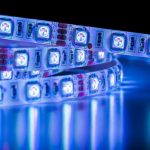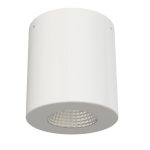Upgrade Your Lighting: Learn How to Easily Replace Fluorescent Light Bulbs with EnergyEfficient LED Bulbs
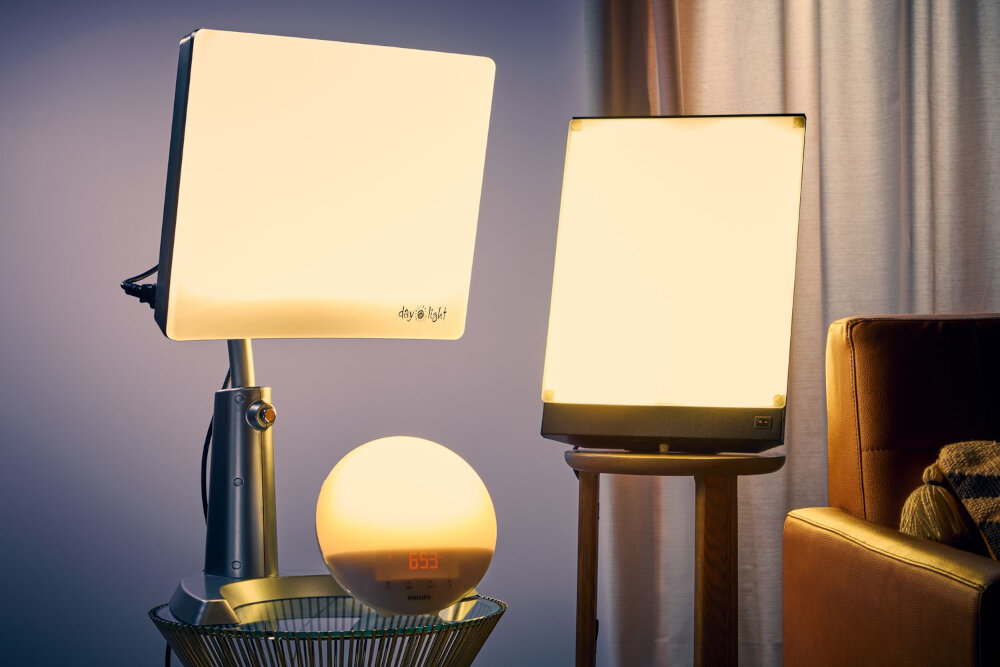
Lighting plays a crucial role in creating a comfortable and visually appealing environment. It is not only an essential component of our daily lives but also a significant contributor to our energy consumption. The traditional fluorescent light bulbs used in most homes and offices are not only inefficient but also harmful to the environment. With the advancement of technology, energy-efficient LED bulbs have emerged as a better and sustainable alternative. In this article, we will discuss how to easily replace fluorescent light bulbs with LED bulbs and upgrade your lighting system. LED bulbs are not only energy-efficient, but they also last longer and produce less heat than traditional fluorescent bulbs. Replacing your old fluorescent bulbs with LED bulbs is a simple and cost-effective way to upgrade your lighting system while reducing your energy consumption. In addition, LED bulbs are environmentally friendly as they do not contain mercury, which is a toxic substance that is present in fluorescent bulbs. By upgrading to LED bulbs, you can not only save money on your energy bills but also contribute to a cleaner and healthier environment. In the following sections, we will guide you through the steps to replace fluorescent bulbs with LED bulbs and help you make the most of your new lighting system.
Energy-efficient lighting is crucial in today’s world where climate change and environmental degradation are significant concerns. With the increasing demand for energy, it is essential to reduce our carbon footprint, and lighting is an area where we can make a big impact. Energy-efficient lighting, such as LED bulbs, uses less energy to produce the same amount of light as traditional bulbs. This, in turn, reduces energy consumption, lowers electricity bills, and decreases greenhouse gas emissions. Additionally, energy-efficient lighting lasts longer, reducing the need for frequent replacements and reducing waste. By upgrading to energy-efficient lighting, we not only save money but also contribute to a sustainable future for ourselves and future generations.
When it comes to lighting, LED and fluorescent bulbs are two popular options on the market. While both types of bulbs are energy-efficient and can last for thousands of hours, there are some key differences between them. LED bulbs are known for their durability and can last up to 25 times longer than fluorescent bulbs. They are also more environmentally friendly since they contain no harmful chemicals like mercury, which is present in fluorescent bulbs. Moreover, LED bulbs are more energy-efficient and consume less electricity, which saves money on electricity bills in the long run. On the other hand, fluorescent bulbs are cheaper to purchase upfront, making them a more affordable option for some consumers. However, they tend to flicker and produce a harsher light compared to LED bulbs, which offer a more natural and soft glow. Ultimately, the decision between LED and fluorescent bulbs comes down to personal preference and budget.
Understanding the Benefits of LED Lighting
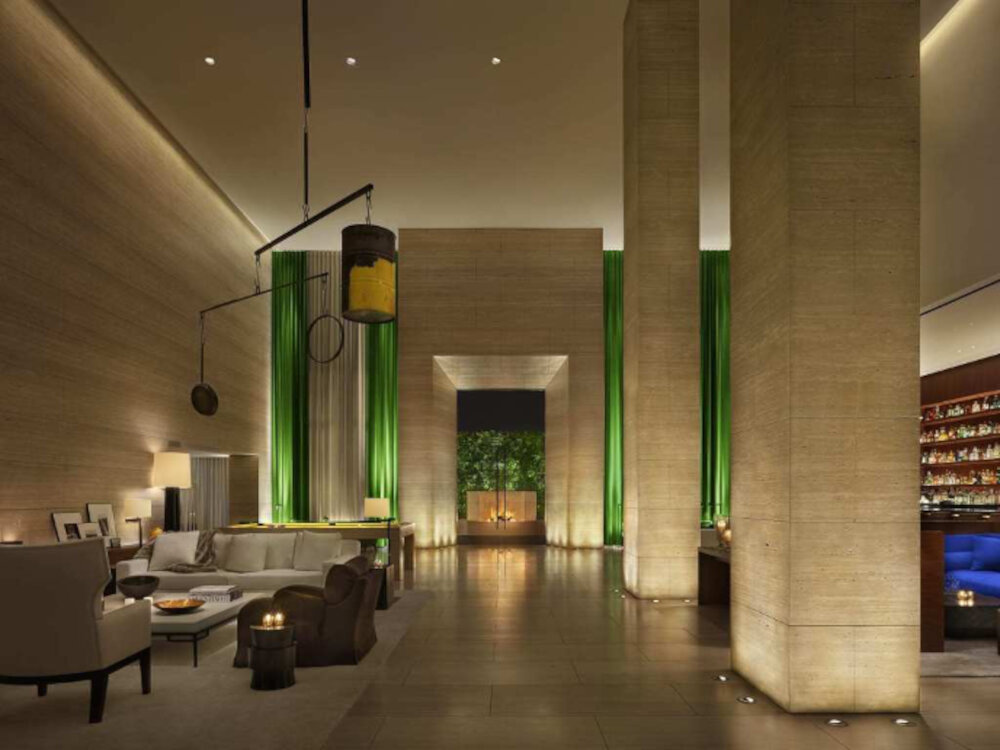
LED lighting has become increasingly popular in recent years, and for good reason. Unlike traditional fluorescent bulbs, LED bulbs offer a number of benefits that make them a smart choice for both residential and commercial lighting needs. One of the biggest advantages of LED lighting is its energy efficiency. LED bulbs use up to 75% less energy than traditional bulbs, which means they can help you save on your energy bills while also reducing your carbon footprint. Additionally, LED bulbs last much longer than traditional bulbs, so you won’t have to replace them as often. This can save you money and reduce waste over time. Another major benefit of LED lighting is its durability. LED bulbs are made from sturdy materials that make them resistant to breakage, vibration, and extreme temperatures. This makes them ideal for use in a variety of settings, from outdoor lighting to industrial facilities. Furthermore, LED bulbs emit very little heat, which means they are safer to use than traditional bulbs. This can be particularly important in homes and businesses where children or pets may be present. Overall, the benefits of LED lighting are numerous, and making the switch to LED bulbs can be a smart investment in both the environment and your wallet.
Energy efficiency is becoming an increasingly important aspect of daily life, and upgrading your lighting is just one way to save money and reduce your carbon footprint. By replacing your old fluorescent light bulbs with energy-efficient LED bulbs, you can achieve significant cost savings over time. LED bulbs use much less energy than traditional fluorescent bulbs, which translates into lower electricity bills and a longer lifespan for your bulbs. Additionally, LED bulbs emit less heat than fluorescent bulbs, which can help to reduce the load on your air conditioning system during hot summer months. Overall, upgrading your lighting to LED bulbs is an easy and effective way to make your home or business more energy-efficient and cost-effective in the long run.
When it comes to lighting, durability and lifespan are crucial factors to consider. Traditional fluorescent bulbs have a relatively short lifespan and are prone to breakage, which can be hazardous due to the potential release of mercury. On the other hand, energy-efficient LED bulbs are designed to last longer and are less likely to break. They can last up to 25 times longer than traditional bulbs, which not only saves money on replacement costs but also reduces the environmental impact of disposing of old bulbs. Additionally, LED bulbs are more energy-efficient, leading to lower electricity bills and reduced carbon emissions. Upgrading to LED bulbs is a smart choice for anyone looking to improve the durability and lifespan of their lighting while also saving money and reducing their environmental impact.
Upgrading your lighting to energy-efficient LED bulbs not only saves you money on your electricity bill but also has significant environmental benefits. LED bulbs use less energy than traditional fluorescent bulbs, which means less fossil fuels are burned to generate electricity. This leads to a reduction in greenhouse gas emissions and less harm to the environment. Additionally, LED bulbs last longer than fluorescent bulbs, reducing the amount of waste generated from regular replacements. LED bulbs also contain no toxic materials, making them safer for both humans and the environment. By making the switch to LED bulbs, you are making a positive impact on the environment and taking steps towards a more sustainable future.
Upgrading your lighting system to LED bulbs not only saves you money on energy bills, but also improves the lighting quality of your space. LED bulbs emit a brighter and more natural light that enhances the colors and details of your surroundings. Unlike fluorescent bulbs, which can produce a flickering and dim light, LED bulbs offer a consistent and steady illumination that reduces eye strain and fatigue. Additionally, LED bulbs have a longer lifespan and require less maintenance compared to traditional bulbs, making them a cost-effective and convenient choice for any home or workplace. With the wide variety of LED bulbs available on the market, there’s no reason not to upgrade your lighting system for a brighter, more comfortable environment.
How to Choose the Right LED Bulbs
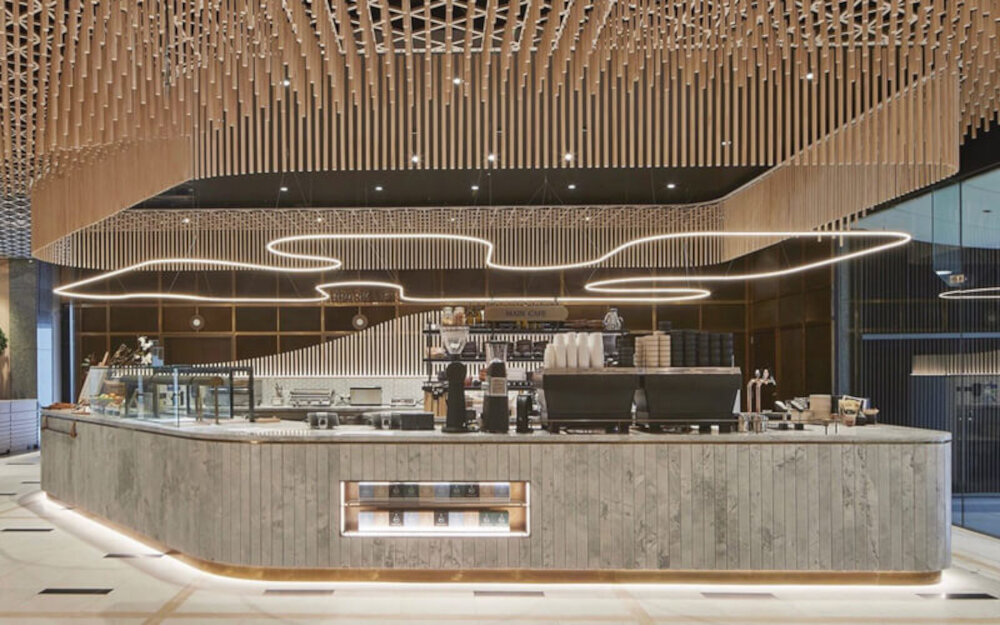
Choosing the right LED bulbs can be a daunting task, given the variety of available options in the market. The first step is to determine the brightness level required for the intended space. LED bulbs are measured in lumens rather than watts, and it’s essential to select bulbs with the appropriate lumen rating that meets the lighting needs. In general, the higher the lumens, the brighter the light emitted. It’s also essential to consider the color temperature of the LED bulb. LED bulbs come in various color temperatures ranging from warm to cool. Warm white bulbs emit a cozy, yellowish light, making them ideal for living spaces, while cool white bulbs emit a bright, bluish light, making them suitable for workspaces. Additionally, it’s important to ensure that the selected LED bulbs are compatible with the existing fixtures. Some LED bulbs may require a specific type of fixture or dimmer switch, so it’s vital to check the packaging and product specifications.
When it comes to choosing the right light bulb, understanding lumens and watts is crucial. Lumens measure the amount of light a bulb produces, while watts measure the amount of energy it consumes. In the past, people would choose bulbs based on their wattage, assuming that higher watts meant brighter light. However, with the introduction of energy-efficient LED bulbs, this is no longer the case. LED bulbs consume much less energy than traditional bulbs, but still produce the same amount of light or even more. This means that when shopping for light bulbs, it’s important to pay attention to the lumens rather than the watts, to ensure that you get the appropriate level of brightness while also conserving energy.
When choosing the right color temperature for your LED bulbs, it is important to consider the atmosphere you want to create in your space. A cooler color temperature of around 4000K to 5000K is ideal for task-oriented areas, such as a home office or kitchen, as it creates a bright and focused environment. A warmer color temperature of around 2700K to 3000K is better suited for relaxation spaces, such as a bedroom or living room, as it provides a cozy and comfortable ambiance. It’s also important to consider the color of your walls and decor, as different temperatures can complement or clash with certain hues. Ultimately, selecting the right color temperature can greatly impact the mood and functionality of your space, so take your time and choose wisely.
When it comes to upgrading your lighting to energy-efficient LED bulbs, it’s important to identify the right size and shape for your fixtures. Choosing the wrong size or shape could result in a bulb that doesn’t fit properly, leading to potential safety hazards or decreased energy efficiency. To ensure you select the right size and shape, start by examining your current fluorescent bulbs and taking note of their dimensions. You can then use this information to find LED bulbs with the same size and shape, or choose a different shape that fits your fixture better. By taking the time to identify the right size and shape, you’ll be able to enjoy the benefits of energy-efficient lighting without any issues.
How to Replace Fluorescent Bulbs with LED Bulbs
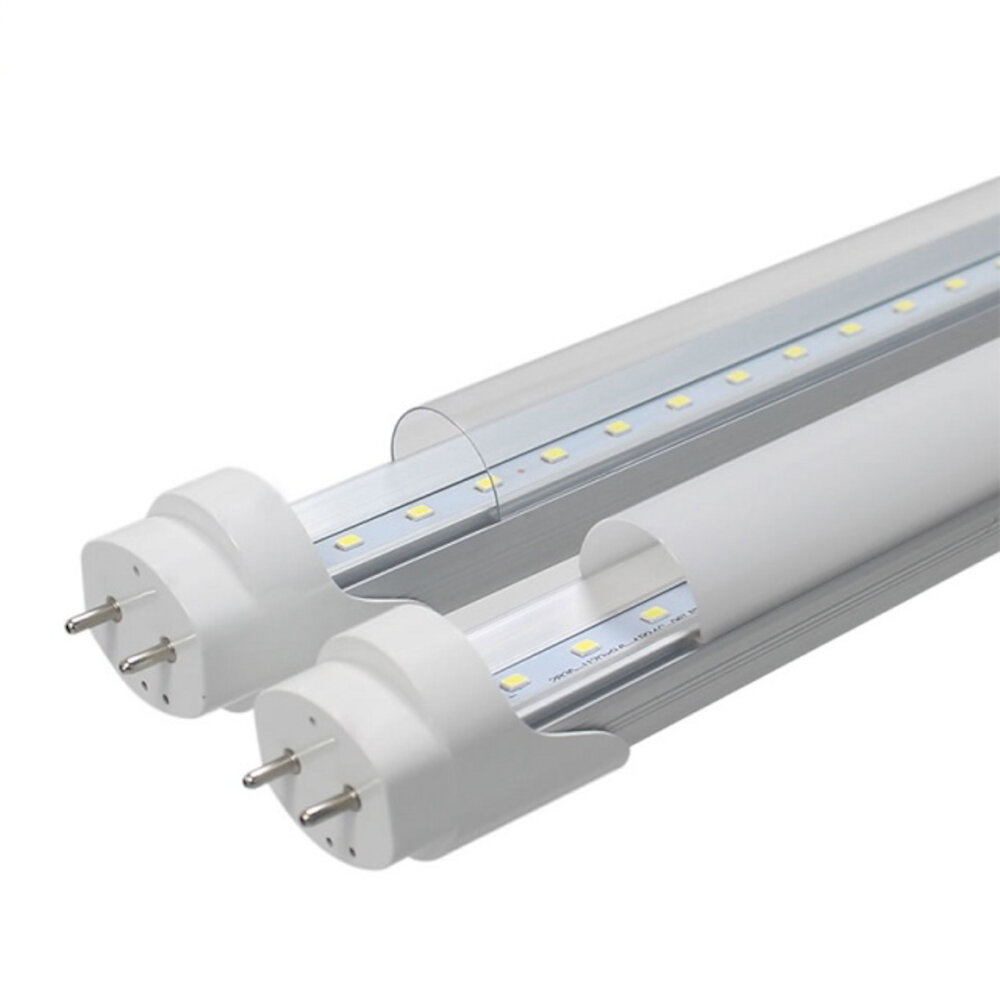
Upgrading your lighting to energy-efficient LED bulbs can provide numerous benefits, including cost savings on your energy bill and a longer lifespan for your bulbs. If you currently have fluorescent bulbs in your home or office, replacing them with LED bulbs can be a straightforward process. The first step is to determine the type of fluorescent fixtures you have, as this will impact the type of LED bulbs you need to purchase. LED bulbs are available in various sizes and shapes, so it’s essential to match the new bulbs to the old ones to ensure a proper fit. Once you’ve selected the correct LED bulbs, the next step is to remove the old fluorescent bulbs carefully. Turn off the power to the fixture and wait a few minutes for the bulbs to cool down before handling them. Then, remove the bulbs by gently twisting them counterclockwise until they release from the socket. After removing the fluorescent bulbs, it’s time to install the LED bulbs. Insert the new LED bulbs, making sure they fit snugly into the socket. Turn the power back on, and your new LED bulbs should be up and running. With a little patience and attention to detail, replacing your old fluorescent bulbs with energy-efficient LED bulbs can be a simple and rewarding process.
Before upgrading your lighting to LED bulbs, it’s important to prepare your workspace. First, turn off the power source for the fluorescent light fixture to avoid any electrical accidents. Then, remove the fluorescent bulbs and dispose of them properly, as they contain small amounts of mercury that can be harmful to the environment. Clean the fixture and make sure it’s free of any debris or dust. Finally, check the compatibility of your existing fixture with LED bulbs, as some fixtures may require a ballast bypass or a different type of LED bulb. By properly preparing your workspace, you can ensure a safe and successful upgrade to energy-efficient LED lighting.
Before upgrading to energy-efficient LED bulbs, it’s important to identify the type of fixture and bulb you currently have. Fluorescent bulbs come in different shapes and sizes, such as T8, T5, and circular. Each type requires a specific ballast to operate, which should be labeled on the fixture or on the ballast itself. Additionally, some fixtures may have a cover or lens that needs to be removed before accessing the bulb. Once you’ve identified the fixture and bulb type, you can determine which LED bulb is compatible and make the switch to a more energy-efficient and cost-effective lighting solution.
Removing the old bulb is the first step towards upgrading your lighting with energy-efficient LED bulbs. Before starting the process, make sure to turn off the power supply and wait for the bulb to cool down. You can then remove the bulb by gently twisting it counterclockwise until it releases from the socket. If the bulb is stuck, try using a towel or rubber gloves to grip it firmly and then turn it. It’s important to dispose of the old fluorescent bulb properly, as it contains hazardous materials. You can check with your local recycling center for guidelines on how to dispose of it safely. Once the old bulb is removed, you can move on to installing the new LED bulb and enjoy the benefits of better lighting and energy savings.
Upgrading your lighting to energy-efficient LED bulbs can significantly reduce your energy bills and positively impact the environment. Installing LED bulbs is a relatively easy process that can be done in a few simple steps. Firstly, ensure that the power is turned off to the fixture before attempting to replace the bulb. Next, remove the old fluorescent bulb by twisting it out of its socket. Then, insert the new LED bulb by gently twisting it into the socket until it is securely in place. Finally, turn the power back on and enjoy the benefits of your new and improved lighting. LED bulbs are a worthwhile investment that not only save you money in the long run but also contribute to a greener planet.
Additional Tips for Upgrading Your Lighting
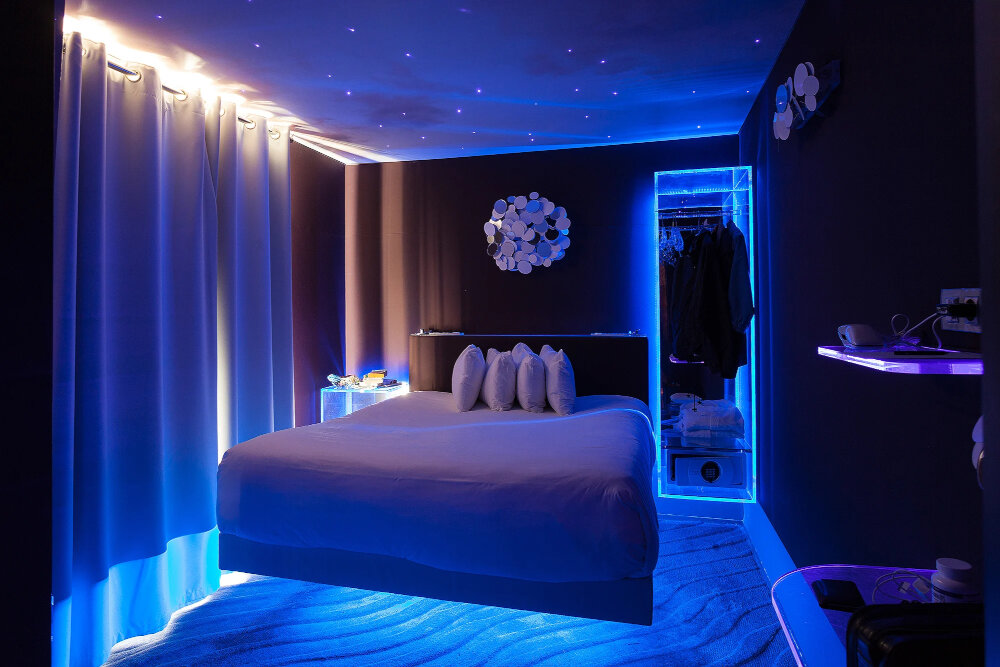
In addition to replacing fluorescent light bulbs with energy-efficient LED bulbs, there are a few extra tips you can follow to upgrade your lighting even further. First, consider installing dimmer switches to give you greater control over the lighting in each room. This can help create a more comfortable and relaxing atmosphere, especially in areas like the bedroom or living room. You can also save energy by lowering the brightness of your lights when they’re not needed at full power, reducing your electricity bill in the process. Another way to upgrade your lighting is by adding layers of light to each room. This means using different types of lighting, such as overhead lights, lamps, and task lighting, to create a more dynamic and visually interesting space. For example, you might use a combination of recessed lighting and a floor lamp in the living room to provide both ambient and task lighting. Adding layers of light can also help highlight specific areas of a room, such as artwork or architectural features, and create a more inviting and functional space overall.
When upgrading to energy-efficient LED bulbs, it is important to consider the type of switch you have installed. While LED bulbs are compatible with most standard switches, it is highly recommended to use a dimmer switch to fully enjoy the benefits of LED lighting. Dimmer switches allow for greater control over the brightness of your lights, giving you the ability to adjust the ambiance of your room to your liking. However, not all dimmer switches are compatible with LED bulbs, as some may cause flickering or buzzing. It is crucial to choose a dimmer switch specifically designed for LED bulbs to ensure optimal performance and longevity. By using a compatible dimmer switch with your LED bulbs, you can create a comfortable and energy-efficient lighting environment in your home.
Smart lighting systems are an innovative and energy-efficient way to upgrade your lighting. These systems use advanced technology to allow you to control your lighting from anywhere, whether it’s through a mobile app or voice command. The benefits of smart lighting systems are numerous, including the ability to save energy, reduce your electricity bill, and create a more comfortable and productive environment. With options such as smart dimming, color-changing bulbs, and scheduling features, you can create the perfect lighting ambiance for any occasion. Furthermore, smart lighting systems are eco-friendly, as they use less energy and can be recycled. Upgrading to smart lighting not only enhances the aesthetic appeal of your home but also helps you contribute to a sustainable future.
Proper disposal of old fluorescent bulbs is critical to ensuring a safe and healthy environment. These bulbs contain small amounts of mercury, a toxic substance that can cause serious health problems if not handled correctly. To dispose of fluorescent bulbs, one should consult local recycling programs that offer specialized disposal services. It is important to never throw these bulbs in the trash or attempt to recycle them with other ordinary household items. By taking the necessary precautions, we can help protect the environment while enjoying the benefits of energy-efficient LED bulbs.
LED lighting has become increasingly popular in recent years due to its numerous benefits. One of the most significant advantages of LED lighting is its energy efficiency. LED bulbs use up to 80% less energy than traditional incandescent bulbs, making them a more cost-effective option for lighting. Additionally, LED bulbs have a longer lifespan, lasting up to 25 times longer than incandescent bulbs, which reduces the need for frequent replacements. LED lighting also produces less heat, making it a safer option and reducing the risk of fire. Furthermore, LED bulbs are more environmentally friendly, as they do not contain harmful chemicals like mercury, which is found in fluorescent bulbs. With all these benefits, upgrading to LED lighting is a smart choice for both your wallet and the environment.
Upgrading your lighting to energy-efficient LED bulbs is a smart decision that not only benefits your wallet but also the environment. LED bulbs use significantly less energy than their fluorescent counterparts, which translates to lower electricity bills and reduced carbon emissions. Additionally, LED bulbs have a longer lifespan, reducing the frequency of replacement and ultimately saving you money in the long run. The switch to LED bulbs is also an opportunity to add style and ambiance to your space, with options for dimming, color temperature, and even smart home integration. Don’t hesitate to make the upgrade to energy-efficient lighting and enjoy the benefits for years to come.
In conclusion, upgrading your lighting from traditional fluorescent bulbs to energy-efficient LED bulbs can significantly improve your home’s energy efficiency and help reduce your electricity bills. LED bulbs not only consume less energy but also have a longer lifespan, making them a cost-effective investment for any homeowner. When making the switch, be sure to choose the right size and type of LED bulbs for your fixtures, and consider hiring a professional electrician for installations that require rewiring or other technical adjustments. Overall, upgrading your lighting to LED bulbs is a smart and eco-friendly choice that can benefit both your wallet and the environment.
Conclusion
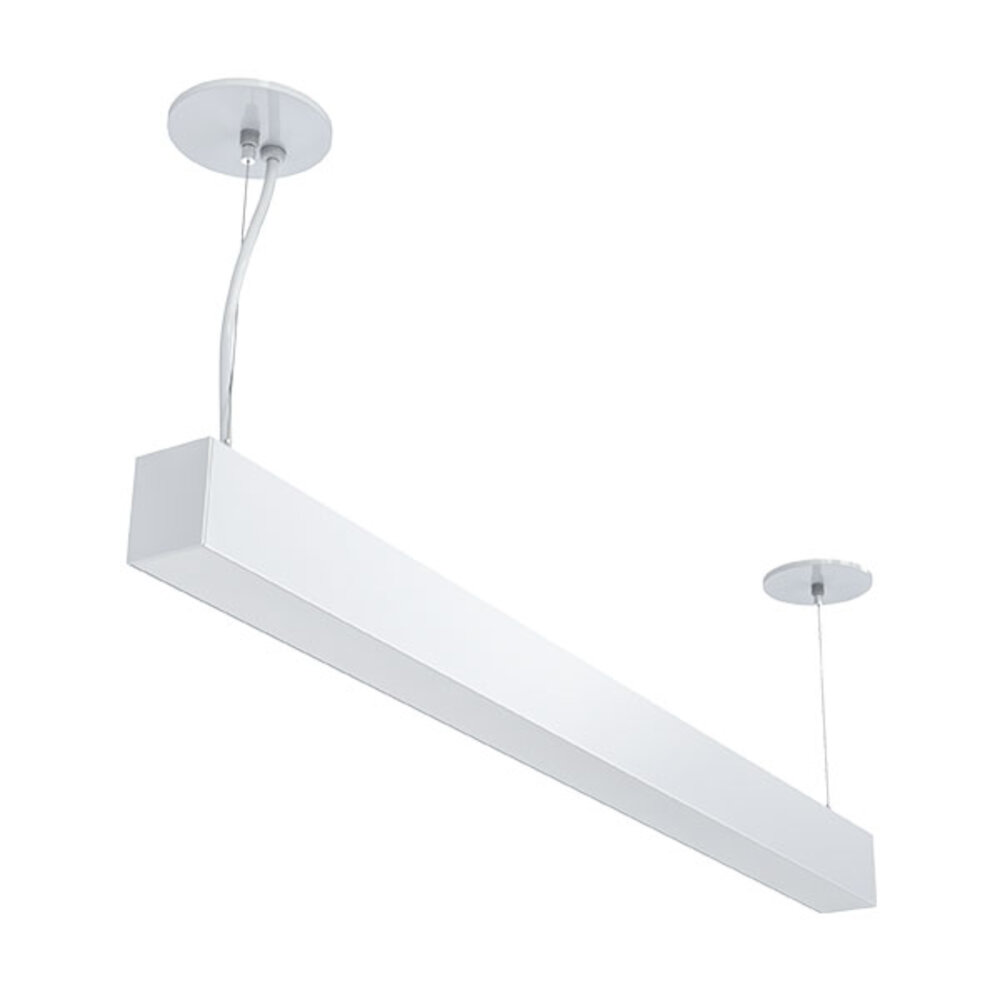
In conclusion, upgrading your lighting from old and inefficient fluorescent bulbs to modern and energy-efficient LED bulbs is a smart choice for any home or business owner. Not only do LED bulbs reduce energy consumption and save money on electricity bills, but they also have a longer lifespan and produce a brighter, more natural light. Plus, with the easy-to-follow steps and tips provided in this guide, replacing your fluorescent bulbs with LED bulbs is a simple and straightforward process that anyone can do. So don’t wait any longer to upgrade your lighting and start enjoying the benefits of energy-efficient and environmentally-friendly LED bulbs today!

